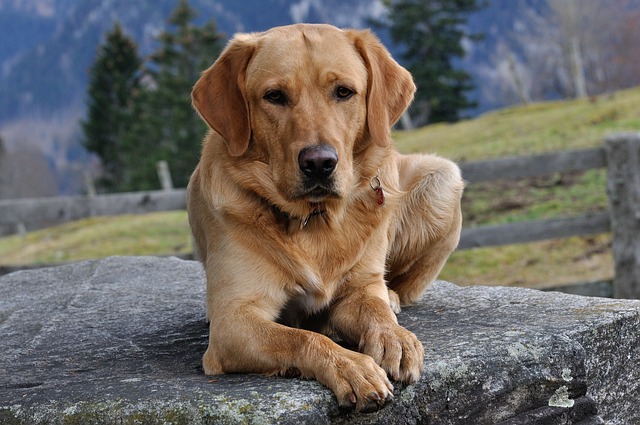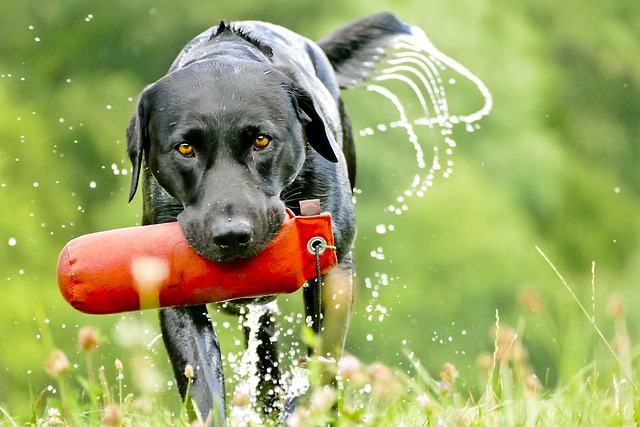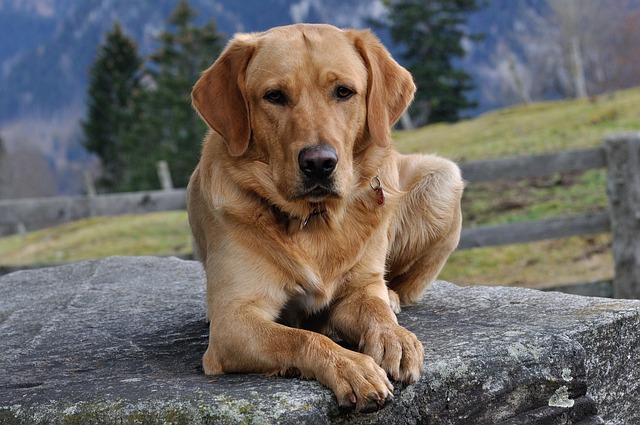
What is the fastest way for dogs to lose weight
Let’s get real: You’re in your Miami apartment, watching your 3-year-old Corgi, Loki, struggle to climb the stairs to your second-floor unit.
I’ll open with a scenario every new U.S. dog parent faces in harsh weather: You’re in your Seattle apartment, kneeling by your 6-month-old Corgi’s cracked paws—dry from winter rain and indoor heat—when you spot your own “intensive repair” hand balm (the one you use for chapped skin) on the counter. You hesitate, tube in hand: Can I use human paw balm on my dog, or will it hurt him when he licks it? This question is universal for owners caught off-guard by paw issues, but the answer is “usually no”—human paw balms (or hand balms, since humans don’t have “paw” products) are made for our skin, not our pups’ unique needs, and can hide risky ingredients.
The science behind why human balms don’t work for dogs boils down to two key differences: their skin (and paws) and their behavior. A dog’s paw pads have a thicker, keratin-rich outer layer (like our fingernails but more porous) that absorbs products faster—and since they constantly lick their paws, anything you apply ends up in their stomach. Human balms often include ingredients that are safe for us but toxic to dogs: synthetic fragrances (like lavender or citrus), preservatives (BHA, parabens), or even alcohol (which dries out their already-cracked pads). My Austin vet, who treats pups for balm-related upset stomachs yearly, explains: “Our skin doesn’t need to handle constant licking or contact with pavement—dog paw balms are formulated to be non-toxic if ingested and gentle on their porous pads. Human balms skip that safety step.” Unlike our hands, dogs’ paws also need more barrier protection (against salt, dirt) than just moisture—human products rarely focus on that.
Let’s break down the actionable steps to keep your pup safe, with real stories from other owners. First, check the ingredient list—no exceptions: If you see “fragrance,” “BHA,” “paraben,” or “alcohol,” put it down. My Denver neighbor used her lavender-scented hand balm on her Husky’s paws; he licked it and had diarrhea for two days. Second, opt for pet-specific paw balm first: These are made with dog-safe ingredients (beeswax, coconut oil, shea butter) and tested for licking. My LA friend swears by a beeswax-based pet balm—her Chihuahua licks it occasionally, and nothing happens. Third, use a “human balm emergency” only if it’s plain: If you have no other option, grab an unscented, preservative-free human balm (look for “fragrance-free” and “paraben-free” on the label) and apply a tiny amount. I did this once with my Corgi—used a plain shea butter balm, then put on paw socks (with a treat for cooperation!) to stop licking. Fourth, stick to natural alternatives if you’re unsure: Unrefined coconut oil or olive oil works in a pinch—they’re 100% non-toxic and moisturize without risks.

This ties directly to U.S. pet rules, culture, and daily life. First, responsible paw care aligns with compliance: Keep your dog’s rabies vaccine records handy (required in every state, and apartments demand proof) and always carry poop bags—fines hit $300 in NYC for skipping this, and a dog with irritated paws (from bad balm) may have more potty accidents. For apartments, store balms safely: Keep human balms on high shelves (away from curious pups who chew tubes) and pet balms in a “paw station” by the door (with a towel and treats). Community etiquette matters too: Avoid walking on hot pavement (test it with your hand!)—a dog with well-moisturized paws (from safe balm) is calmer on walks, making interactions smoother. And never punish your dog for licking his paws—he’s just grooming! Redirect him with a chew toy instead of scolding (a key cultural no-no in U.S. dog care).
Watch for signs of trouble: Vomiting, lethargy, or redder paws mean the balm wasn’t safe—call your vet. But with pet-specific or plain natural options? Your pup’s paws will heal, and he’ll stay happy. Can you use human paw balm on your dog? It’s not worth the risk. Choosing dog-safe products shows you’re listening to his unique needs—and that’s what being a good owner is all about.

Let’s get real: You’re in your Miami apartment, watching your 3-year-old Corgi, Loki, struggle to climb the stairs to your second-floor unit.

Many dog owners brush off occasional scratching as just “dog behavior,” but persistent itching often signals something more—like a food allergy.

You might first notice your dog scratching more than usual—chewing at their paws until the fur looks thin, or rubbing their face against the couch nonstop.

Let’s be real: You’re standing in your Chicago apartment, watching your 3-year-old Beagle, Max, huff and puff just to climb onto the couch.

Your dog can’t tell you when their eyes itch or hurt—but small, daily changes in their behavior often give clues. Maybe they’re rubbing their face on the couch more than usual, or squinting when you open the curtains for morning walks.

I’ll open with a scenario every new U.S. dog parent faces in harsh weather: You’re in your Seattle apartment, kneeling by your 6-month-old Corgi’s cracked paws